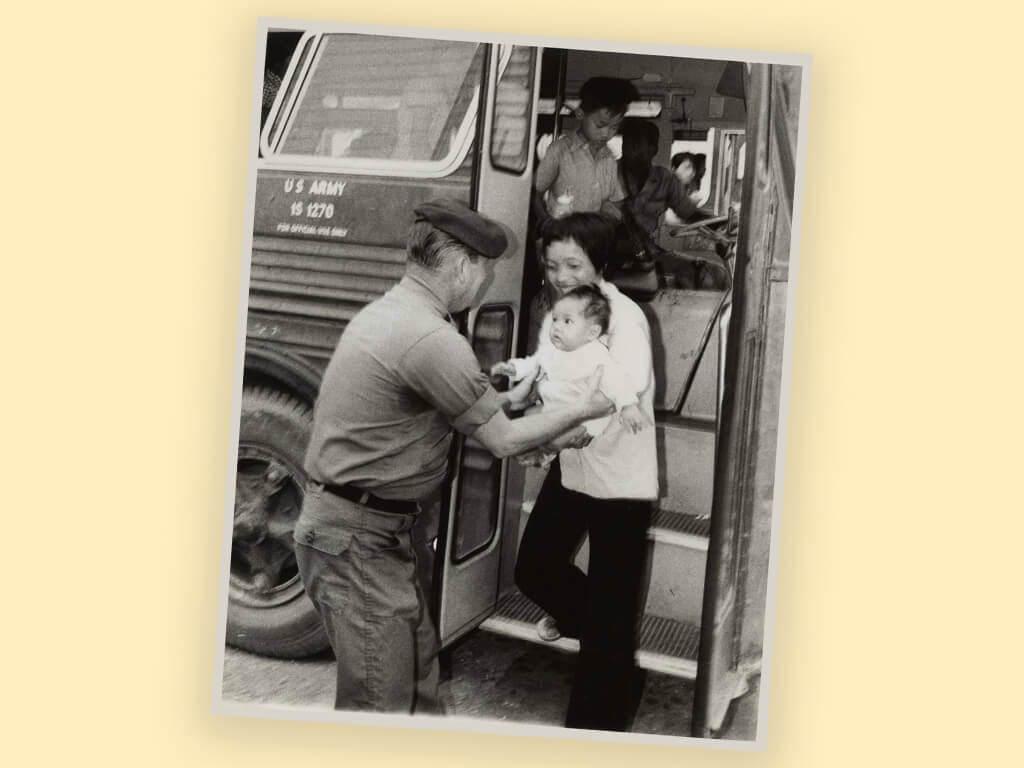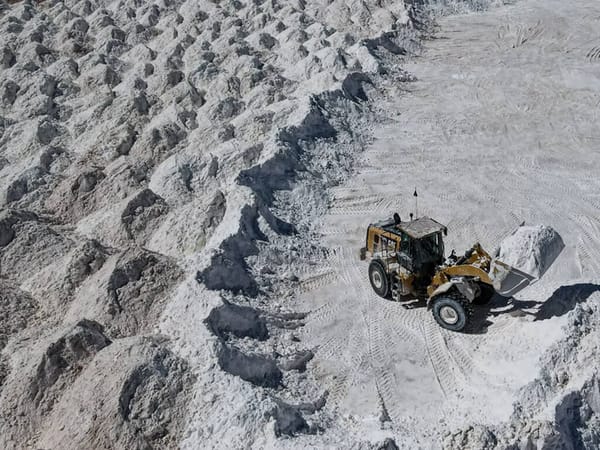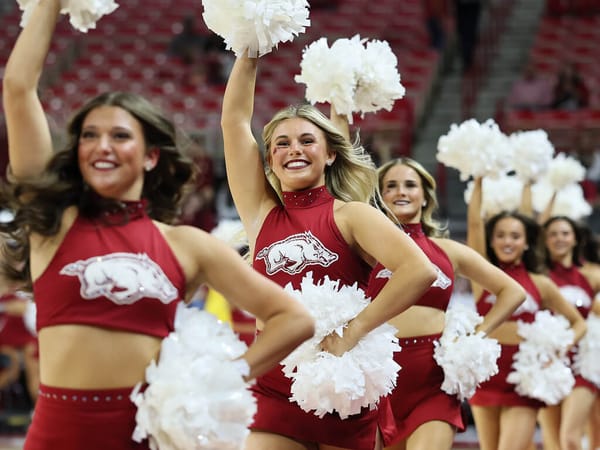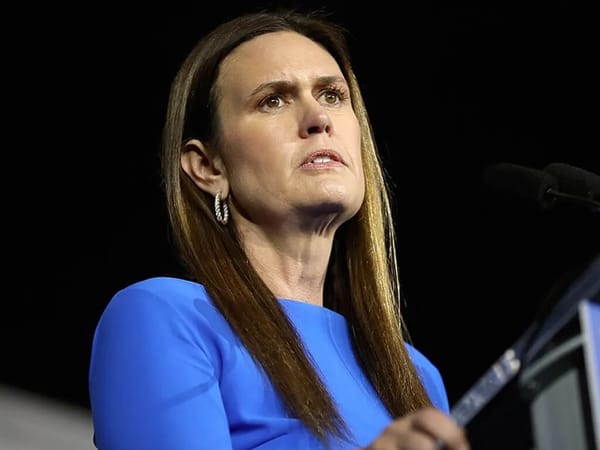Fifty Years Later, Fort Chaffee Remains the Beating Heart of Vietnamese America
Explore the 50-year legacy of Fort Chaffee, Arkansas, where thousands of Vietnamese refugees found safety and built lasting communities.

The United States has long been a destination for those fleeing authoritarian regimes, drawn by the promise of freedom and the chance to start anew. Over the centuries, people escaping feudal Europe, communist Russia, military dictatorships in Latin America, and the Islamic revolution in Iran have all sought refuge on American soil. Among them, thousands of Vietnamese refugees arrived in the wake of one of the most turbulent moments in modern history.
After the fall of Saigon and the collapse of the Republic of Vietnam fifty years ago, countless families left everything behind to escape hardship and seek a fresh start. In Arkansas, around 50,000 Vietnamese, Lao, and Hmong refugees passed through Fort Chaffee. What was meant to be a temporary stop soon became far more than that. It grew into a place where lives could be rebuilt and communities could take root, setting the foundation for generations to come.
A Nation Responds to Crisis
Though the United States has often been scrutinized for its role in the Vietnam War, it acted with notable compassion toward those displaced by the conflict. In 1975, after American troops withdrew, many South Vietnamese who had supported U.S. forces faced the very real threat of persecution or execution under the new communist government.
In response, Congress approved the Indochina Migration and Refugee Assistance Act, allowing tens of thousands of refugees to come to the United States and, over time, gain citizenship. Fort Chaffee in Arkansas emerged as the largest of four main entry points during what became known as Operation New Life.
The former military base was transformed into a sanctuary, a place of safety and hope. For those arriving, it was more than a stop along the way. It was the first step toward the promise of a new life in America.
Fort Chaffee and the First Wave of Refugees
Between May and December of 1975, more than 50,000 refugees passed through Fort Chaffee before being resettled across the United States. Many were welcomed by sponsors or host families who guided them as they began new lives in an unfamiliar land.
Some arrived as children, carrying the weight of war while confronting the challenge of adapting to a new culture. Over time, their children grew up fully integrated into American society, blending the experiences of their parents with the opportunities of their new home.
The achievements of that generation are remarkable. Jaylin Williams, whose father came to the United States as a refugee, recently won an NBA championship with the Oklahoma City Thunder after playing college basketball for the Arkansas Razorbacks. Dat Nguyen, born at Fort Chaffee, became the first Vietnamese American to play in the National Football League. He spent seven seasons as a linebacker with the Dallas Cowboys and has been honored in multiple football halls of fame.
A Lasting Legacy in Arkansas
Decades later, Fort Chaffee continues to hold profound meaning for the families who began their journey there, even as many eventually moved to other states.
The nearby city of Fort Smith is now home to an estimated 5,000 to 6,000 Vietnamese Americans. While Arkansas does not have one of the largest Vietnamese American populations in the country, this community stands as one of the most visible reminders of Fort Chaffee’s role in resettlement.
Earlier this summer, Fort Chaffee marked the fiftieth anniversary of its role in offering safety and hope to those fleeing war. The celebration brought together former refugees, their families, and members of the local community, highlighting the enduring emotional connections that remain.
For countless families, Fort Chaffee is remembered with gratitude. It was the place that welcomed them in a time of fear and uncertainty. Its legacy continues, inspiring efforts to preserve its history and share its story with future generations.





